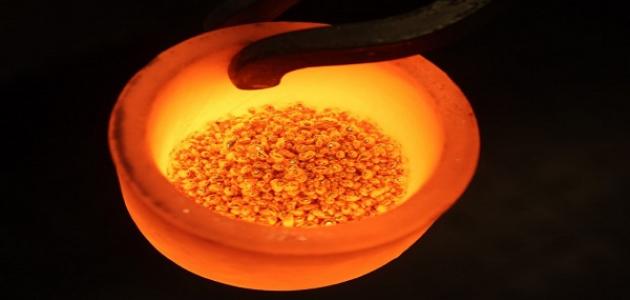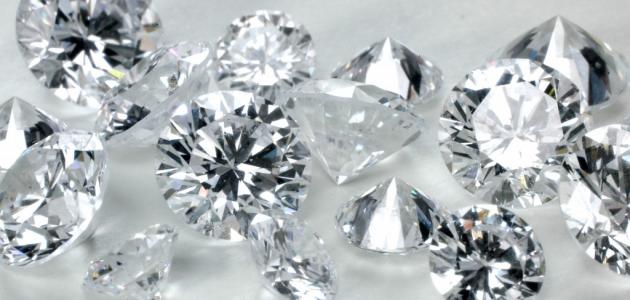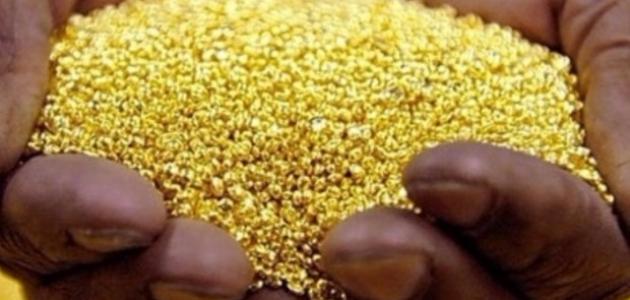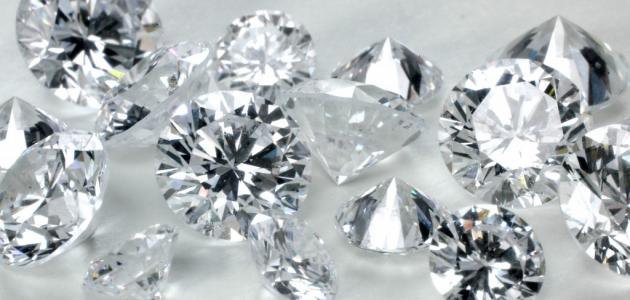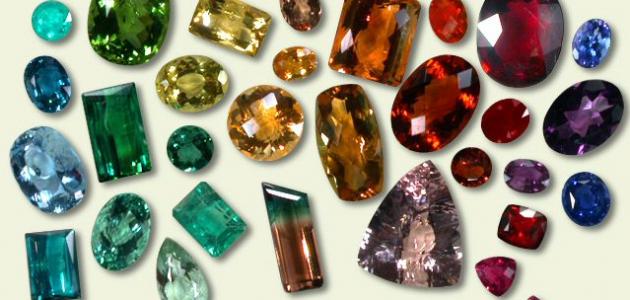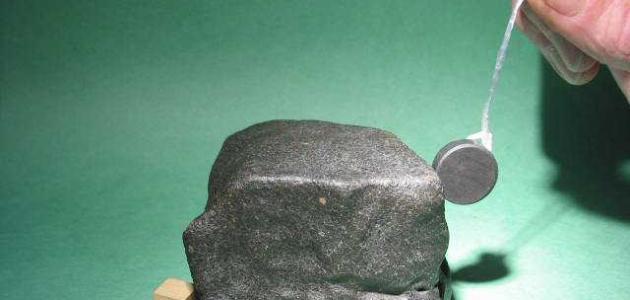gold metal
The name gold metal comes from the Sanskrit word (Jval), while its symbol (Au) comes from the Latin word (Aurum), which means gold. Gold (in English: Gold) is a soft metal with a distinctive yellow color. Its chemical symbol is (Au), and it is one of the elements. Group eleven in the periodic table, and this element is considered chemically inert. That is, it does not react with any other element like other metals, although it dissolves in aqua regia, which is (a mixture of nitric and hydrochloric acids), and it has been used a lot in coin minting.
Gold smelting
Definition of smelting
Smelting (in English: Smelting) is a method of extracting metals from their ores. This method dates back to prehistoric times. This method usually involves reducing the oxides present in the metal ore using reduction reactions. These reactions result in impurities of non-metallic oxides known as slag (in English: Slag), the smelting process is a chemical process and represents much more than just melting gold.
How to melt gold
Gold is usually not present freely in nature, but it is associated with other minerals such as silver, quartz (SiO2), calcite (CaCO3), lead, tellurium, zinc or copper, and removing these metals and impurities makes people use gold in its purest and best form.
Read also:Lake ConstanceThe steps of gold smelting can be summarized as follows:
- Before starting the gold smelting process, the caliber must be determined. Whereas 24-karat gold is pure gold that does not contain any other metals, as mentioned previously, but it is soft and is often not suitable for jewelry or daily use, while 21-, 18-, or 9-karat gold is a mixture of gold, silver, and copper because it shares gold’s softness and malleability. Formation.
- The gold is entered into the melting furnace, to which the fire reaches through a tube connected to a gas bottle, then it is moved to the melting pot, which is a heat-resistant vessel. Often some materials are added to the gold that help it melt, such as tinker, and the gold is moved inside the pot using a piece Of carbon.
- After the gold melts, it is placed in specially prepared molds using a spatula, and left until it cools.
- After the molten gold cools, the rolling process is carried out. It is the process of shaping the pieces into the appropriate shape in terms of size and thickness, then the crafting process is completed, which depends on the type of molten gold to be prepared.
Gold karat
The amount of gold in the alloy is measured using a unit called carat. One carat is equal to one part in 24, so 18-karat gold contains 18 parts of pure gold and 6 parts of other metals, and 24-karat gold is all pure gold. But it is very soft, so 18- and 9-karat gold alloys are usually used because they are harder.
Read also:Desalination of seawater with solar energyNatural abundance
Gold is one of the few elements that exist in its natural state, and the amount of gold that is extracted every year is estimated at about 1500 tons. The majority of this gold, or the equivalent of two-thirds of it, comes from South Africa and the rest from Russia, and the deepest gold basin in the world is the Witwatersrand Basin in South Africa. If you own gold, there is a 50% chance that this gold comes from this basin.
Seawater contains gold at a concentration estimated at about 4 grams per million tons of water. In general, this is a huge amount of gold stored in the seas and oceans, but because its concentration is very low, attempts to extract this gold have not succeeded.
uses of gold
The most prominent uses of gold can be summarized as follows:
- It is used in minting coins.
- Thin wires made of gold are used inside computer chips to produce electrical circuits.
- Gold can be spread into a very thin layer called gold leaf for use in art, decoration, or architectural decoration.
- Electroplating is used to cover metals with a very thin layer of gold. For example, it is used to cover watch gears, artificial limbs, cheap jewelry, and electrical connectors.
- It is used to protect copper components in electrical circuits because it conducts electricity well and does not corrode, thus the conduction of electricity is not interrupted.
- Dentists sometimes use gold alloys in dental fillings.
- Gold nanoparticles are increasingly used as industrial catalysts. For example, vinyl acetate, which is used to make PVA (for glue and paint), is manufactured using a gold catalyst.
- Radioactive isotopes of gold (gold-198) are used to treat cancer.
- Sodium-gold thiosulfate (AuNa) is used3O6S4) as a treatment for arthritis.
- Gold is used to coat space helmets with a thin layer of gold to protect astronauts' eyes from harmful solar rays.
History of gold
Gold has been known since prehistoric times, mainly because it can be found in nature in the form of grains in rocks or at the bottom of rivers and torrents. In 2000 BC, the Egyptians began extracting it. The death mask of Tutankhamun, who died in 1323 BC, contained 100 kilograms of metal, and the royal tombs in ancient Ur (modern Iraq) also contained golden objects. The beginning of minting gold coins was in the Kingdom of Lydia, currently located in Turkey, and it began in 640 BC. They used an alloy called electrum, which is an alloy of gold and silver, and the first gold coins were minted during the reign of King Croesus.
Read also:What is the importance of water for the body